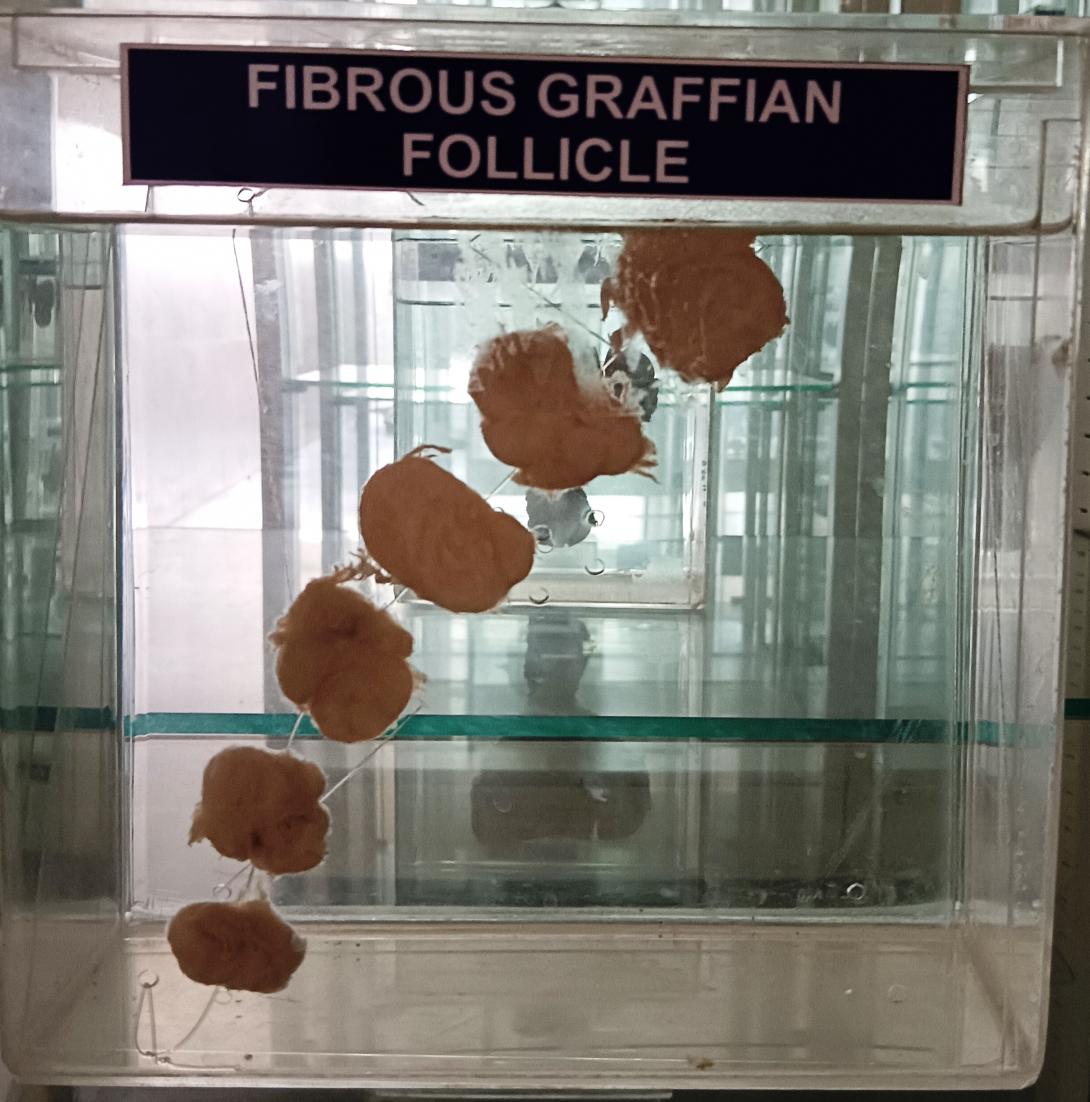Graafian Follicle Structure: The Graafian follicle is a fluid-filled sac that contains an immature egg, also known as an oocyte. It is surrounded by layers of cells, including the theca cells, which produce androgen hormones, and granulosa cells, which produce estrogen. As the follicle grows, it pushes against the ovarian surface until it reaches maturity, at which point it ruptures and releases the oocyte into the fallopian tube for fertilization.
Clinical Significance: The Graafian follicle plays a crucial role in the menstrual cycle and fertility in females. The development and maturation of the follicle is controlled by hormones such as follicle-stimulating hormone (FSH) and luteinizing hormone (LH), which are produced by the pituitary gland. Imbalances in these hormones can lead to menstrual irregularities or fertility issues.
In some cases, abnormalities in the Graafian follicle can lead to ovarian cysts, which are fluid-filled sacs that develop on or within the ovary. Ovarian cysts can cause pain, bloating, and other symptoms and may require medical or surgical intervention depending on their size and location.
In assisted reproductive technologies (ART), such as in vitro fertilization (IVF), the growth and maturation of multiple Graafian follicles may be stimulated with medications to increase the chance of successful fertilization and pregnancy.
Overall, the Graafian follicle is an important structure in female reproductive anatomy and plays a key role in menstrual cycle regulation and fertility.

